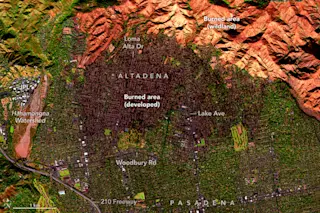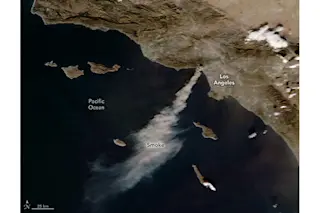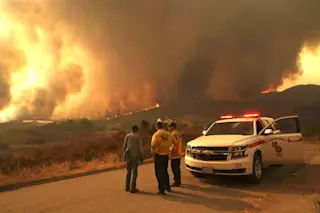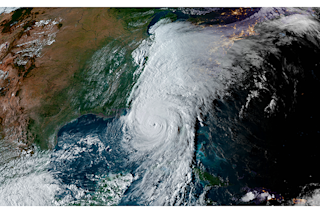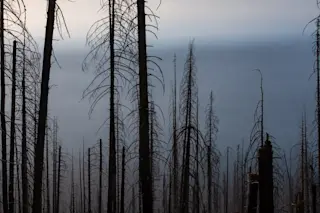NASA's EPIC camera on the Deep Space Climate Observatory spacecraft, known as DSCOVR, captured this image of Earth on June 9, 2018, when it was 993,764 miles from Earth. Bluish-gray wildfire smoke is visible. (Image: NASA GFSC. Animation: Tom Yulsman) We've become accustomed to striking imagery of wildfires captured by earth-monitoring satellites, including weather satellites stationed about 26,000 miles from the surface. That may seem amazing enough (it always does to me). But check out the image above of a plume of wildfire smoke so big and thick that it was visible to a satellite nearly a million miles away. Make sure to click on the image so see a larger version, and then click again to enlarge it. You'll see a faint yet visible pall of smoke mainly over Canada. It's bluish in contrast to clouds, which are much whiter.
SEE ALSO: A blanket of smoke from fires in ...



